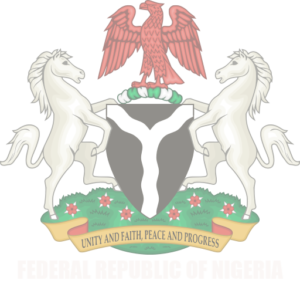The national policy direction is to establish harmonized and seamlessly integrated NIMS which is anchored on the unique NIN, and which connects the various institutional databases under a single platform. The NIMS, which includes a National Identity Database (NID) that supports a system for uniquely authenticating and verifying the identity of every individual and legal resident in Nigeria, is designed to guarantee identity only – an important denominator in the service and functions of all institutions of government and the private sector. The NIMS also provides for the issuance of a Smart Card.
Under the NIMS, the NIMC would create, operate and manage the NID, which will serve as a central source of identity verification and authentication. The verification infrastructure shall be available to the stakeholders. The NID is based on the use of fingerprint biometrics to uniquely and unambiguously identify each individual and thereafter issue a unique identification number to each verified individual, which would be common across the other databases. Through this scheme, other databases would become harmonized with the NID to achieve an integrated identity database system.
Operational Framework
The NIMS presents the core infrastructure and framework upon which the harmonization would operate. This is based on the fact that the most common factor to all stakeholders in the harmonization platform is the requirement of a ‘proven identity’ to operate or function. The NIMS infrastructure represents the platform in which identity management sub-systems and applications as components are coordinated.
To ensure a functional identity management in a fashion that will find general acceptance with all stakeholders and users, NIMC and the relevant stakeholders will be guided and must achieve a sync based on the policies that guide the functional components of the harmonization process. This will help to define the identity management protocols that enable the transmission of desired communications across common platforms and shared infrastructure, as well as stakeholder related systems.
To achieve the harmonization objective and thus facilitate e-government and public sector applications, the NIMS, which is designed to uniquely authenticate the identity of all individuals and provide a national identity database and an authentication/verification infrastructure, will be central to the harmonization process.



